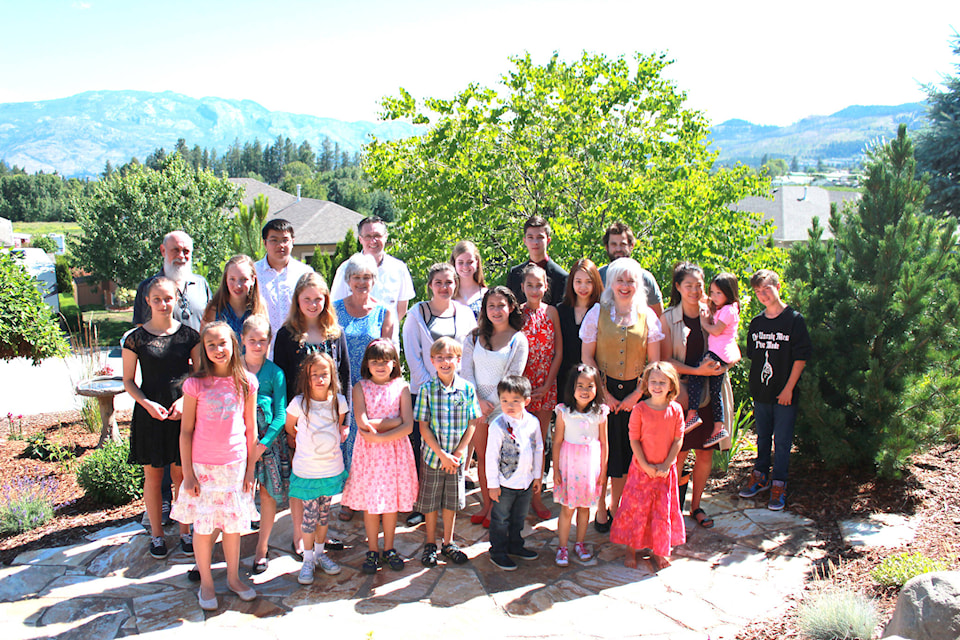West Kelowna piano teacher Claudia Kargl learned to love music at an early age.
Starting when she was seven-years-old, Kargl learned to play the piano at her father’s side.
“My father studied with some exceptional talent in Vienna,” she said. “His teacher was related to the famous composer Franz Liszt. Dad lost his thumb in the war, and that’s when he decided to pass his love of music on to me.”
Kargl immediately took to the piano, and as a result of her father’s instruction and encouragement, she chose to pursue a career in music. For 38 years, Kargl has taught children and adults the joys of the piano in a unique, beginner-friendly way.
Kargl’s educational programs incorporate music appreciation classes that feature composers and musical stories from all over the world, as well as an alternate system of notation that she ways works much better for children.
“I’ve studied children’s literature and educational psychology, which is why my program is all about making learning fun. I think it’s criminal that there are books and programs where you learn music by numbers. When I taught in Vancouver, I had a group of kids coming to me from the Vancouver Academy. I did some testing to see how much they had learned, and I was shocked – they learned the piano notes by numbers.”
Kargl says that learning the piano by numbers sets children up for failure later on, as it teaches children a rigid system that can’t adapt to different scales and hand positions. If Middle C is taught as Note 1, she says, children often can’t adjust when they’re required to move their hands and position their fingers on different keys.
Instead of using numbers, Kargl’s system uses a combination of games and age-appropriate activities to teach children the piano in an individualized way that incorporates colours, animals, and letters. Kargl’s method of teaching offers a flexibility that other programs don’t, a flexibility that is particularly effective for teaching children with learning disabilities,” she says.
“I had one child in Kanata who was mute, but when she sat at the piano she was completely different,” she says. “I taught children in Vancouver who couldn’t read properly. One lad couldn’t read music. So I showed him the notes on the piano. First he was imitating, but then he started composing.”
Another of Kargl’s students aspired to enter a competition for a music scholarship, but encountered an unusual obstacle.
“I had one woman who came to me when she learned that I had been part of the RMTA Executive. She was in tears. She said, ‘nobody wants to teach my daughter to play piano because she only has one arm.’ I took that girl to the highest level possible.”
Kargl says that the student entered a music competition judged by the Vancouver Symphony Orchestra’s keyboardist, where she won a scholarship.
For Kargl, teaching and playing music is about finding fulfillment through artistic expression of one’s individuality.
“My dad was 92 years old when he died. He was still teaching at SLR, he was still driving and playing music every day. He was my example. The last words he ever said to me were that if you have a dream, go after it.”
Find out more online at www.childrenspiano-artscorner.com
